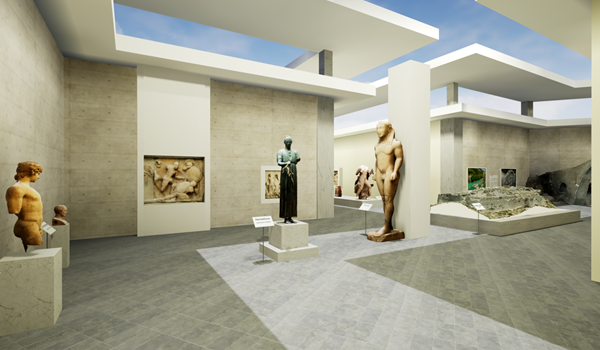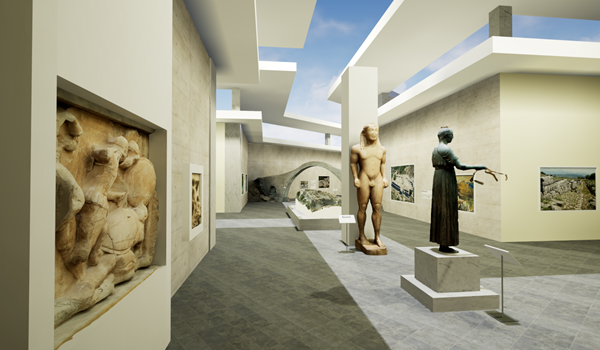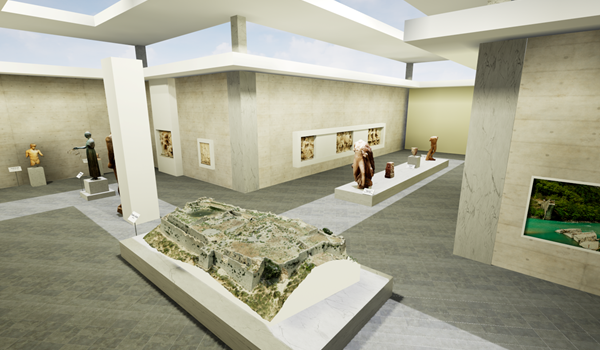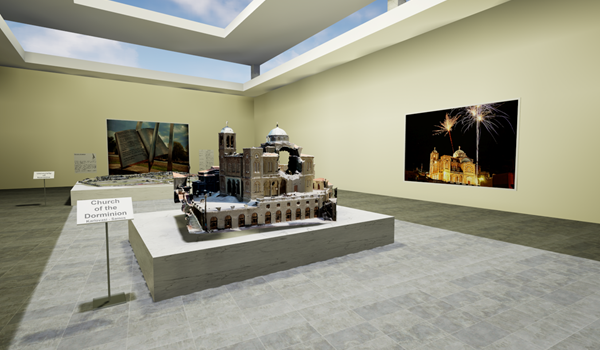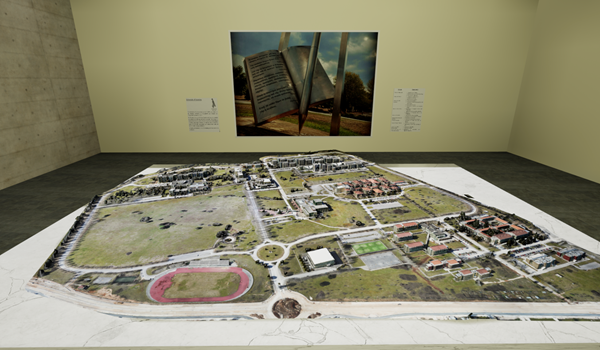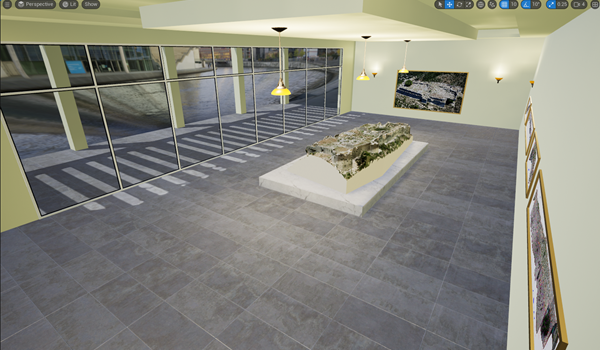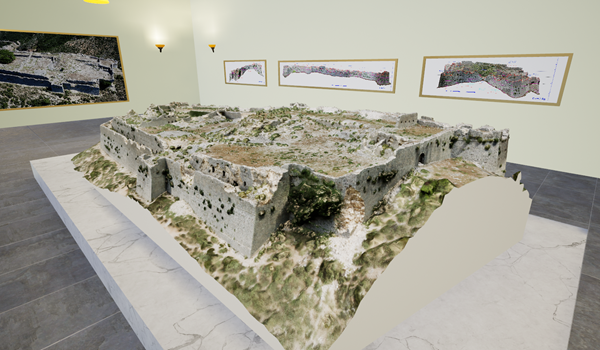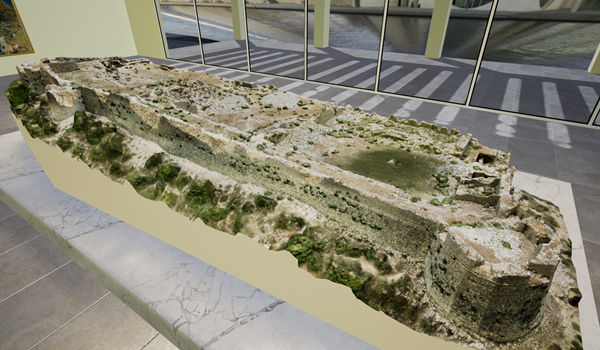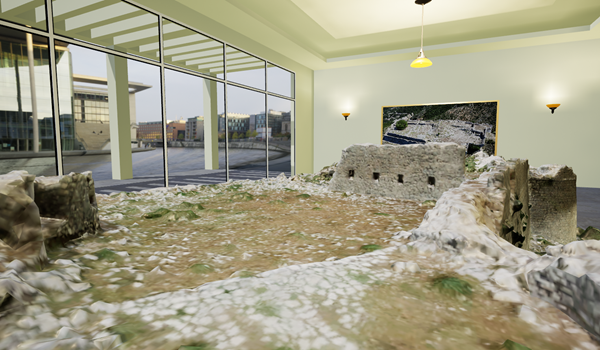VR/AR APPLICATIONS
Augmented and virtual reality offer a wide range of benefits to businesses as they enhance various business activities such as product conception, design, manufacturing, warehousing, fleet management, marketing, service, and retail. With the emergence of ultra-wideband 5G and multi-access edge computing (MEC), AR and VR applications are set to revolutionize the business landscape, enabling high-performance and low-latency applications.
Some of the benefits include:
Enhanced Product Design and Development: AR/VR can enable businesses to design and develop products with greater precision, accuracy, and efficiency. Designers and engineers can use AR/VR to visualize product prototypes in three dimensions, test various design iterations, and make modifications in real-time.
Improved Manufacturing and Assembly: AR/VR can assist in streamlining the manufacturing process by providing visual aids to workers on the assembly line. This can help improve the speed and accuracy of assembly, reduce errors, and enhance worker safety.
Increased Efficiency in Warehousing and Logistics: AR/VR can be used to optimize warehouse layout and streamline the picking and packing process. This can help reduce errors, improve efficiency, and reduce costs associated with warehouse operations.
More Effective Marketing and Sales: AR/VR can provide a more immersive and engaging experience for customers, allowing them to interact with products and services in a more tangible way. This can lead to increased customer engagement, brand loyalty, and sales.
Enhanced Customer Service: AR/VR can be used to provide remote assistance and support to customers. This can help reduce the need for on-site visits, improve response times, and increase customer satisfaction.
Overall, AR/VR technologies have the potential to revolutionize various aspects of business operations and offer significant benefits in terms of efficiency, productivity, and customer engagement.



